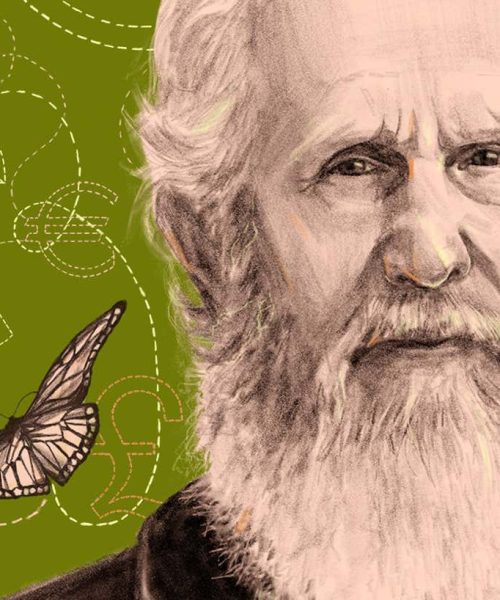
The left side of William McElligott’s face is more wrinkled than the right after being exposed to more sunlight
NEJM
ON HER 120th birthday, Jeanne Calment – generally regarded as the oldest person ever to have lived – proved she still had her wits about her: “I’ve only got one wrinkle,” she wisecracked, “and I’m sitting on it. “Funny, but untrue. The Frenchwoman was, by then, extremely wrinkly. On the Fitzpatrick Wrinkle Scale, she would have been a shoo-in for the top category, with deep wrinkles and discoloured skin that had lost its elasticity.
Quelle surprise. She may not have been as old as she claimed, but she was at least 97. Anybody who lives to 100 or so can expect the same. Historically, this has been regarded by many as a purely cosmetic problem. Wrinkles, sags and bags are, in some cultures, considered unsightly or an unwanted sign of how old we are. Right or wrong, that has led to a centuries-long battle to fill them in or smooth them over. More recently, however, the war against wrinkles has moved onto a more urgent footing. Aged skin is much worse than young skin at all the vital things it does to help maintain your health.
Moreover, emerging evidence suggests that, as skin ages, it releases a chemical cocktail around the body that could drive premature ageing of other organs. “If your skin is getting older, you are getting older inside, so be careful,” says Cláudia Cavadas at the University of Coimbra, Portugal. In other words, wrinkles may not just be …





